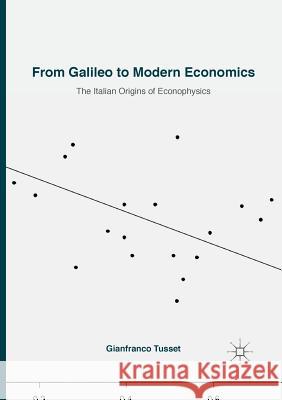From Galileo to Modern Economics: The Italian Origins of Econophysics » książka
topmenu
From Galileo to Modern Economics: The Italian Origins of Econophysics
ISBN-13: 9783030070700 / Angielski / Miękka / 2019 / 210 str.
From Galileo to Modern Economics: The Italian Origins of Econophysics
ISBN-13: 9783030070700 / Angielski / Miękka / 2019 / 210 str.
cena 310,55 zł
(netto: 295,76 VAT: 5%)
Najniższa cena z 30 dni: 308,41 zł
(netto: 295,76 VAT: 5%)
Najniższa cena z 30 dni: 308,41 zł
Termin realizacji zamówienia:
ok. 20 dni roboczych.
ok. 20 dni roboczych.
Darmowa dostawa!
Kategorie:
Kategorie BISAC:
Wydawca:
Palgrave MacMillan
Język:
Angielski
ISBN-13:
9783030070700
Rok wydania:
2019
Dostępne języki:
Ilość stron:
210
Waga:
0.27 kg
Wymiary:
21.01 x 14.81 x 1.19
Oprawa:
Miękka











